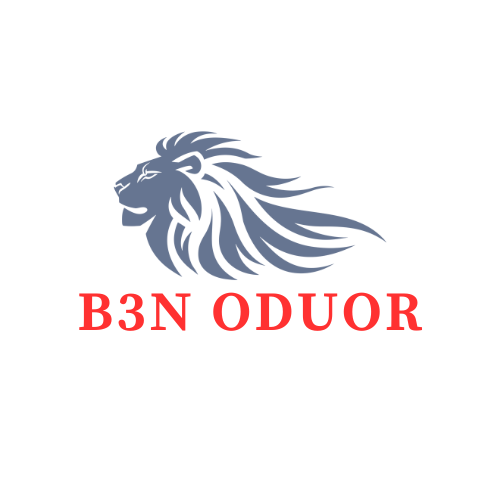Showing posts from 2023Show all
MATATU CULTURE
B3n Oduor
Sunday, December 03, 2023
The Streets as an Art Gallery As you navigate the busy streets of Nairobi or Mombasa, you can't help but be captivated by the kaleidoscope of c…
Read moreGIRAFFE UNVEILED:
B3n Oduor
Sunday, December 03, 2023
Physical Characteristics of Giraffes: Giraffes, the world's tallest mammals, are renowned for their distinct physical features. Their most iconic…
Read morePopular Posts

Top 5 Snakes to Encounter on a Serpent Safari: A Guideline for Snake Enthusiasts
Wednesday, October 16, 2024

MATATU CULTURE
Sunday, December 03, 2023
Labels
Popular Posts

MATATU CULTURE
Sunday, December 03, 2023

GIRAFFE UNVEILED:
Sunday, December 03, 2023
Categories
Menu Footer Widget
Crafted with by Blogger Themes | Distributed by Gooyaabi Theme

.jpg)

